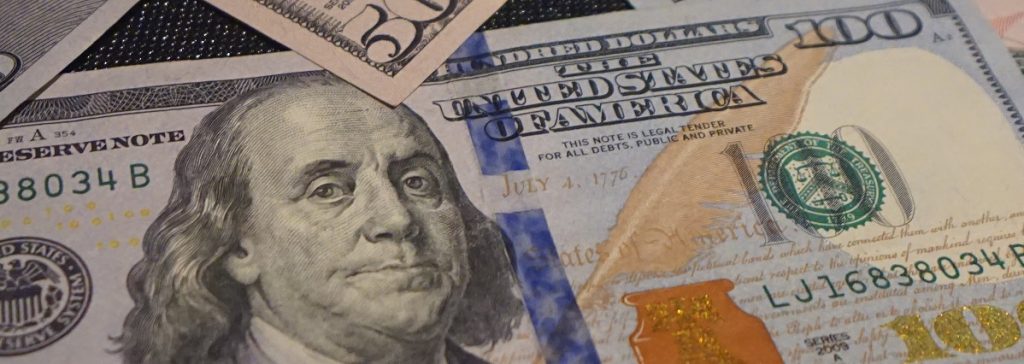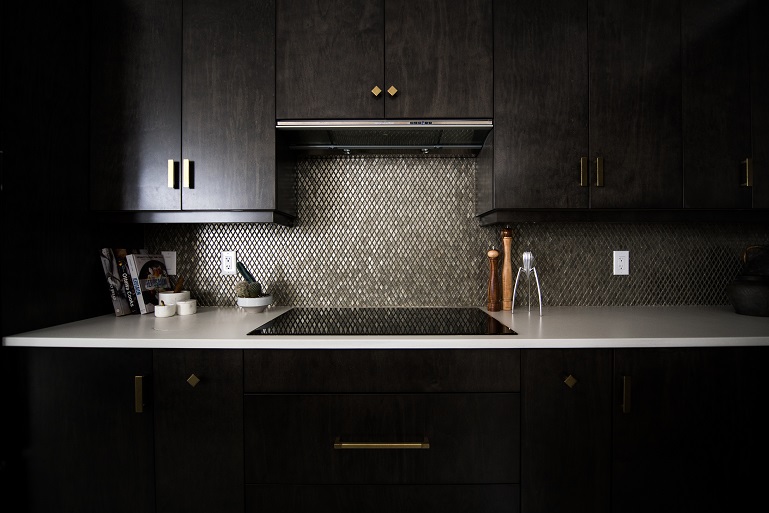
For a homeowner who has built up substantial equity, a cash-out refinance can free up funds for big projects. Lenders expect to see many requests for these loans this year. According to industry research, cash-out activity should spike in the second half of 2021, when the economy is on better footing, yet interest rates are still low.
A redesigned bathroom, a renovated kitchen, an addition to the floor plan, the installation of central air or a security system… These are the big-ticket items that cash-out refinancing supports. Assume a homeowner wants to do a $30K kitchen upgrade. There’s a balance of $100,000 on the current mortgage. The new, cash-out refinance mortgage will amount to $130,000. That’s $100,000, plus $30K in cash from the lender. Then the homeowner can do that kitchen upgrade, and do it at a better rate than credit cards typically offer.
So, the cash-out refinance creates a bigger mortgage — and may also extend its term of years. The bigger loan can mean bigger interest tax deductions if the money is used to build or upgrade the home, or install accessibility features.
What Other Goals Can Cash-Out Refinancing Meet?

Other homeowners use their cash-out refinance loans to pay off higher-interest debt and be left with one, easy-to-manage mortgage. The owner might even draw equity from one home to pay off the lien on another. (On the risk associated with debt consolidation, see Main Risk: Over-Leveraged Home Equity below.)
For homeowners ready to start businesses or earn professional credentials, a cash-out refinance can turn career goals into realities.
Still other borrowers are drawn by the prospect of putting their home value to work in the stock market and profiting from the success of industries in a time of rapid technological transformation. These borrowers might have set early retirement goals, or they might be aiming to buy future homes. This investment style boils down to keeping home equity low, and moving the value into opportunities for higher returns.
Other homeowners are more risk-averse. They regard their homes as safe stores of hard-earned value. Many are anticipating more market volatility in 2021.
No matter what your own risk tolerance and goals might be, a cash-out refinance does one thing. It replaces your current mortgage with one that’s higher than your current balance. The difference between the two amounts is the cash you’ll take out in a lump sum.
Nuts and Bolts: How Does the Cash-Out Refinance Work?
To start, an appraiser must determine the current home value. Commercial lenders generally want owners to leave a cushion of at least 20% of their equity in the home.
The loan application process, including documentation of bank account and earnings statements, tax documents and credit profiles, is like the initial mortgage approval process. Similarly, there are closing costs — up to around 5% of the loan value — to cover professional fees, loan origination, insurance costs, and other charges. The current escrow account may not be carried over to the new loan (even if it’s issued by the same lender).
Cash-out products have somewhat higher interest rates than regular mortgage refinancing. Yes, today’s low-interest environment can change that equation for borrowers with strong credit profiles — but examine the new term of the loan, its interest rate, and the fees carefully before signing the agreement. The cash will be available after a brief waiting period — from three to five days after closing. Can the borrower back out in the three days after closing? It depends. If the new loan is issued by the same lender, only the cash-out amount allows for rescission.
Upon closing, the earlier mortgage lien is discharged. The borrower should check with the county recorder of deeds to be sure the payoff and release documents are on record.
What Are the Alternatives to a Cash-Out Refinance?
The home equity loan (HEL) and the home equity line of credit (HELOC) create additional (second) mortgage liens to allow access to equity. In contrast, a cash-out refinance completely replaces an existing mortgage with a new one at a higher amount.
Predictable Monthly Payments: The Home Equity Loan
Like a cash-out refinance, the home equity loan gives the owner a lump sum, so it’s a good option when the homeowner needs a specific amount of cash. The borrower repays the money over a fixed term (between 5 years and 30), usually at a fixed rate. A home equity loan can be used for most anything you’d do with a cash-out refinance — but usually at a higher interest rate. The current mortgage stays in place. The borrower now has two monthly home loan payments: one for the first mortgage and another for the HEL.
Take What You Need and Leave the Rest: The HELOC
A home equity line of credit is a revolving credit line — like a credit card account, but larger. As for impact on title, a HELOC is a second lien, in addition to the original mortgage. The borrower just spends what’s needed and leaves what isn’t. There’s no interest charged on what’s not being spent, but many HELOCs have monthly fees. There is a draw period, often ten years, when the homeowner may borrow and pay only the interest on the funds. The repayment period comes later. As basic HELOCs have variable rates, the borrower’s overall costs can run unexpectedly high.
Those are the key alternatives, but the list is not exhaustive. For example, a hybrid equity loan locks in an interest rate. The interest rate will rarely beat the rate for cash-out refinancing, but the hybrid loan’s closing costs can be lower. We cover the reverse mortgage and a few other options here.
Main Risk: Over-Leveraged Home Equity
Special caution is warranted when borrowing against a home — especially a primary residence. Whenever there’s underwriting involved, and a lien is placed on the title of a home, there is the risk of default and foreclosure. Consider what will happen if the market takes a tumble, or there’s a fork in your career path. If home values drop, will the house sell for enough money to satisfy the loan?
If the strategic purpose of the loan is to increase the value of the property, a cash-out refinance mortgage can be an excellent financial decision. These loans are also popular with investor owners who tap equity in one property to buy the next.
Creating a bigger mortgage lien can be quite risky in other circumstances. For example, getting a new mortgage loan on a primary residence is probably not the best way to pay off credit cards or unsecured loans.
A Great Option to Have, in the Right Situation
What’s the overall best situation for getting a cash-out refinance? It should be a time when interest rates are low, and when the owner needs access to cash for a big project or renovation. A cash-out refinance mortgage can be the right move for the owner who can avoid over-leveraging assets, and has a well-crafted plan for putting the money to work.
Talk to a financial adviser about your specific situation to be sure a cash-out refinance is the right move for you.
Photo credits: Blogging Guide and Christian Mackie, via Unsplash.
